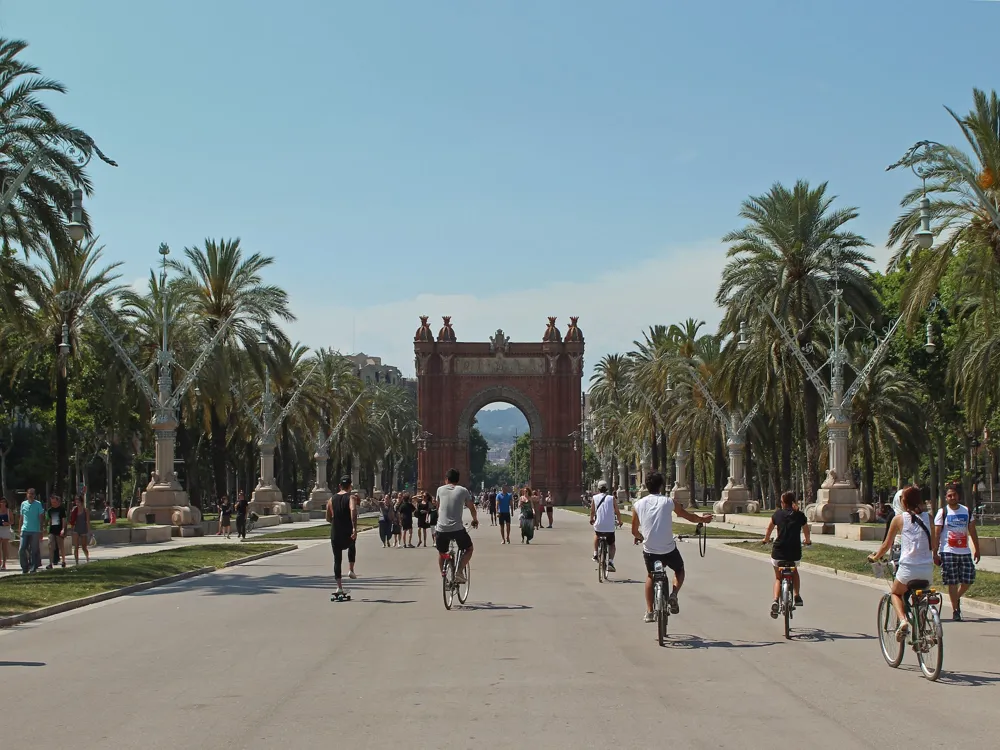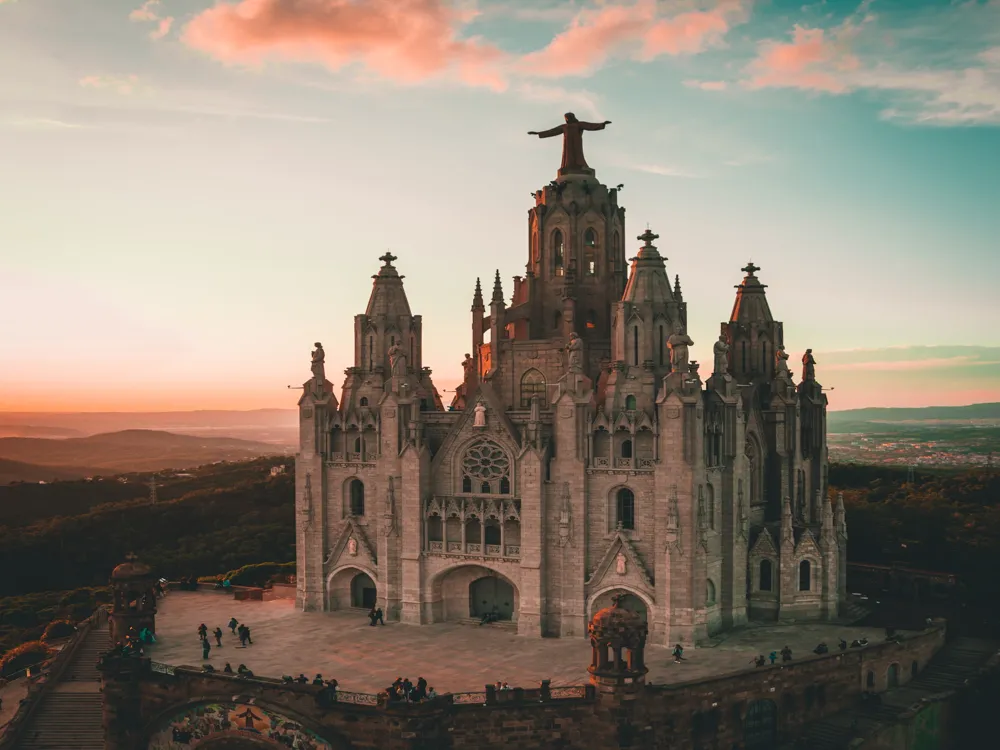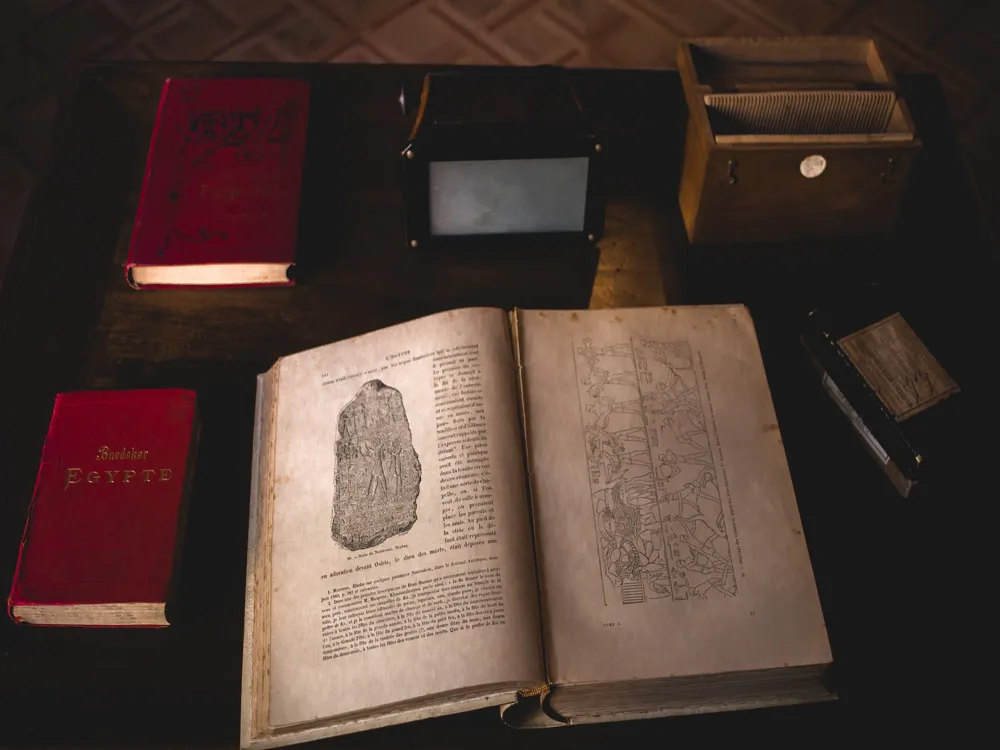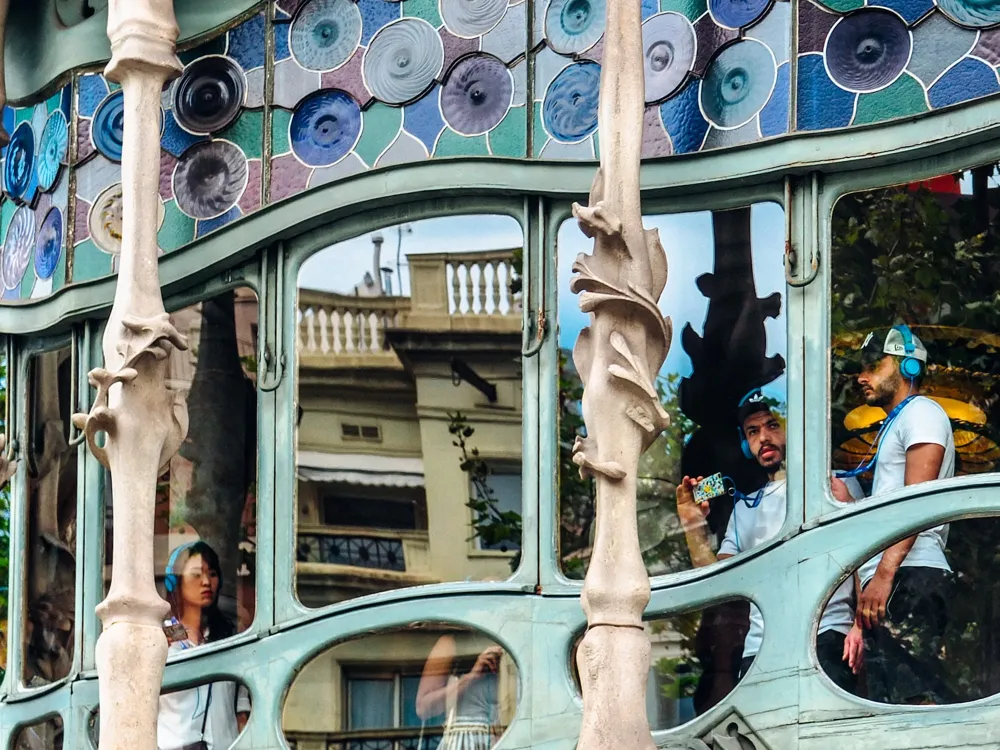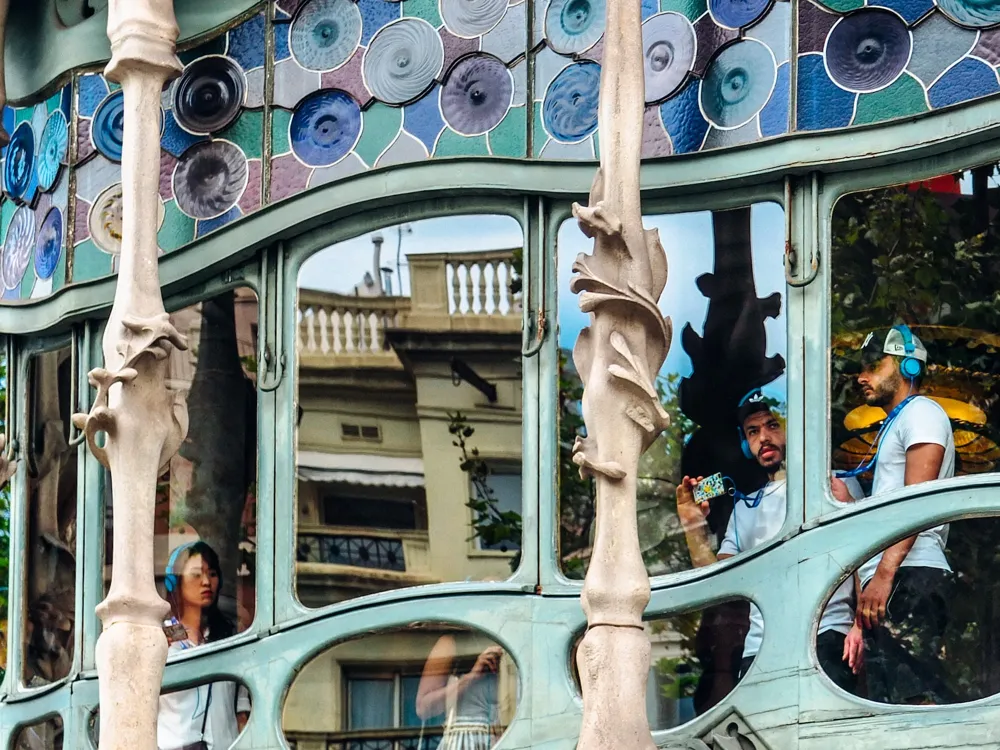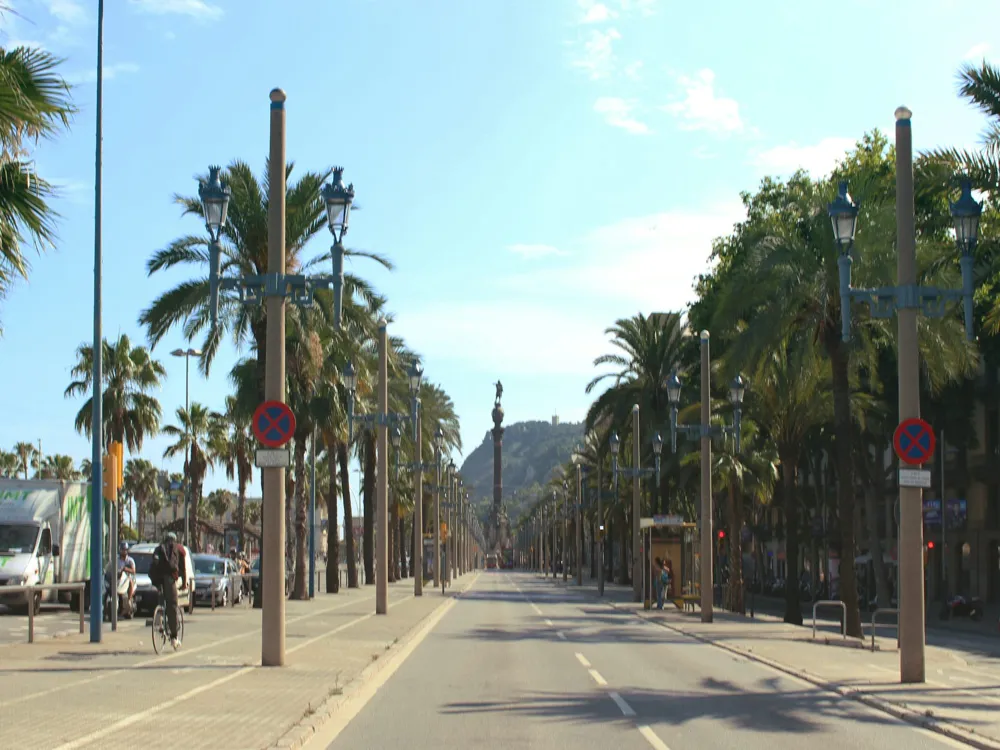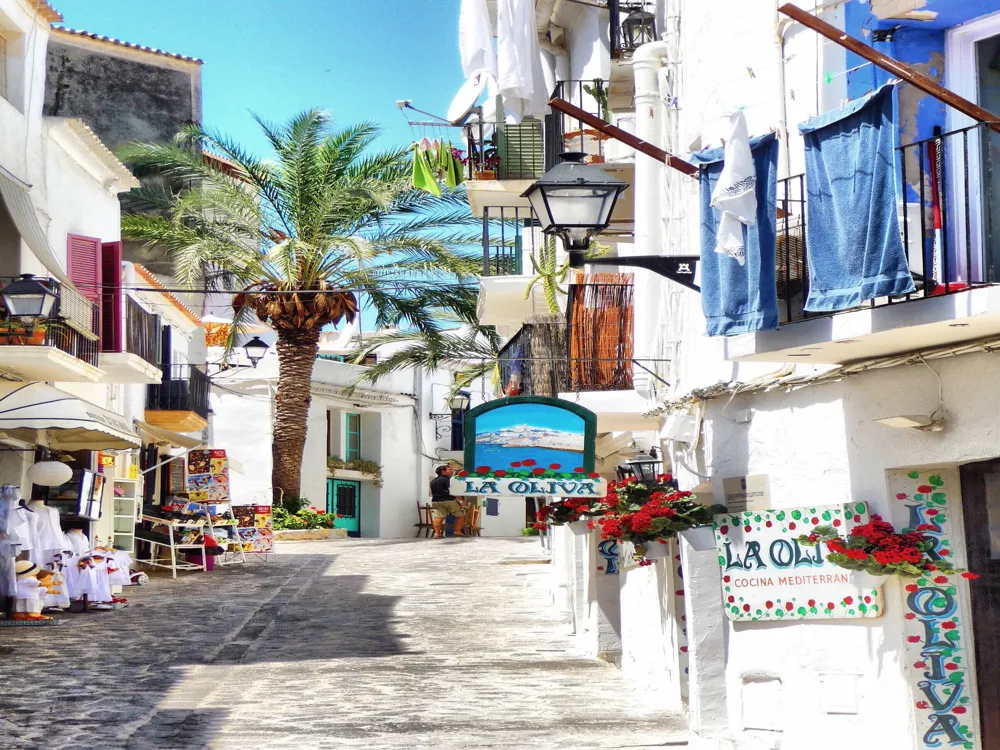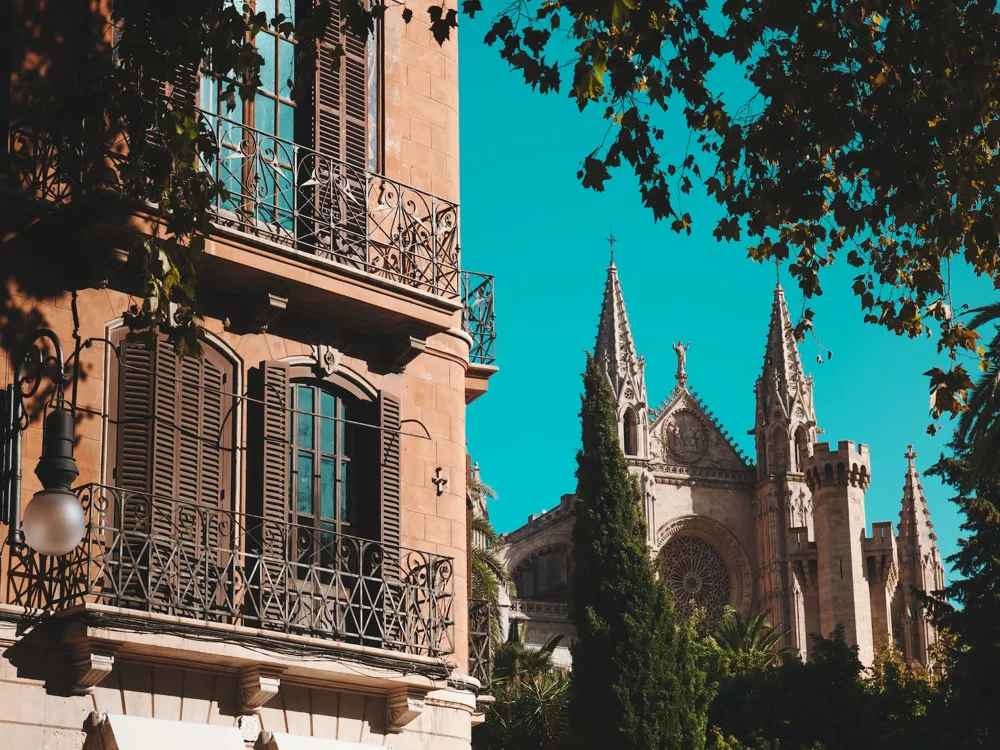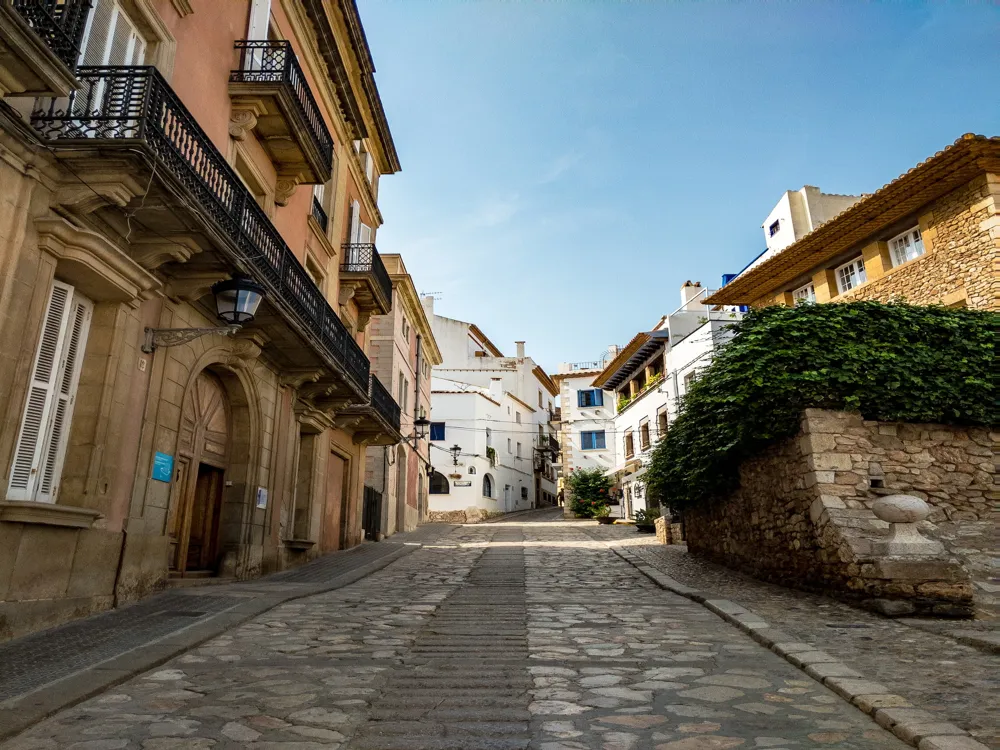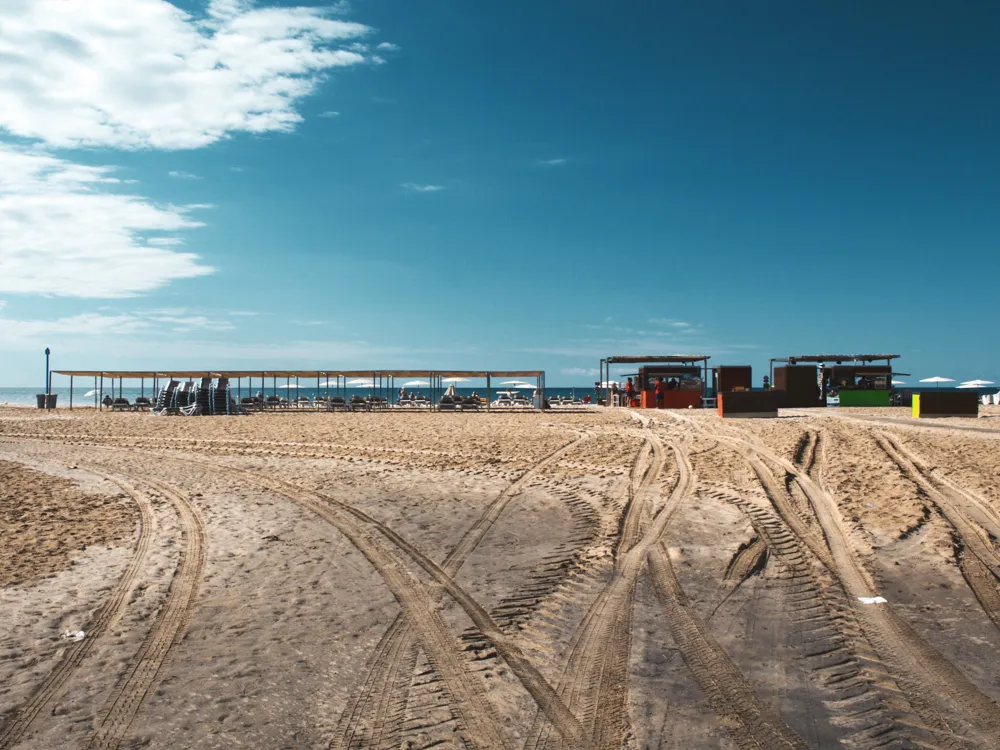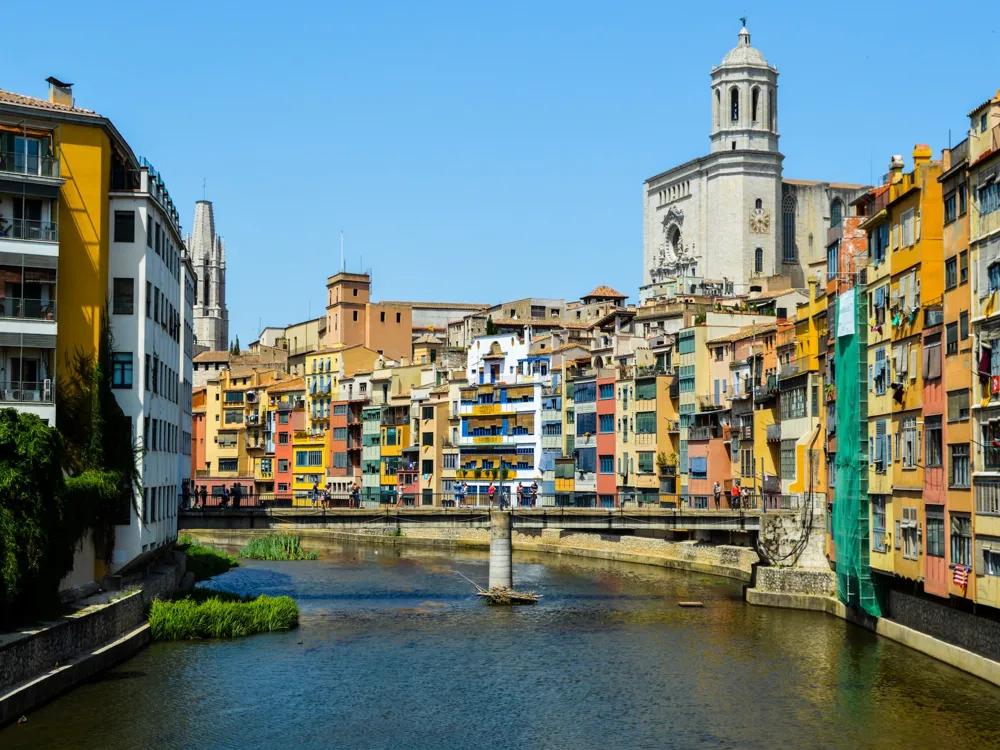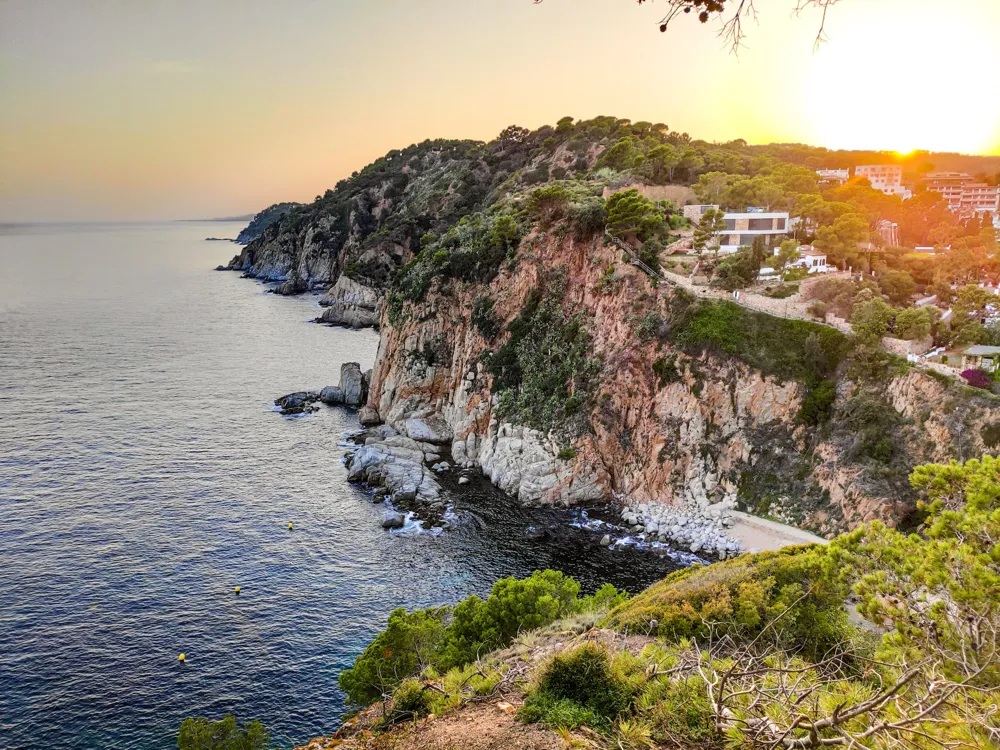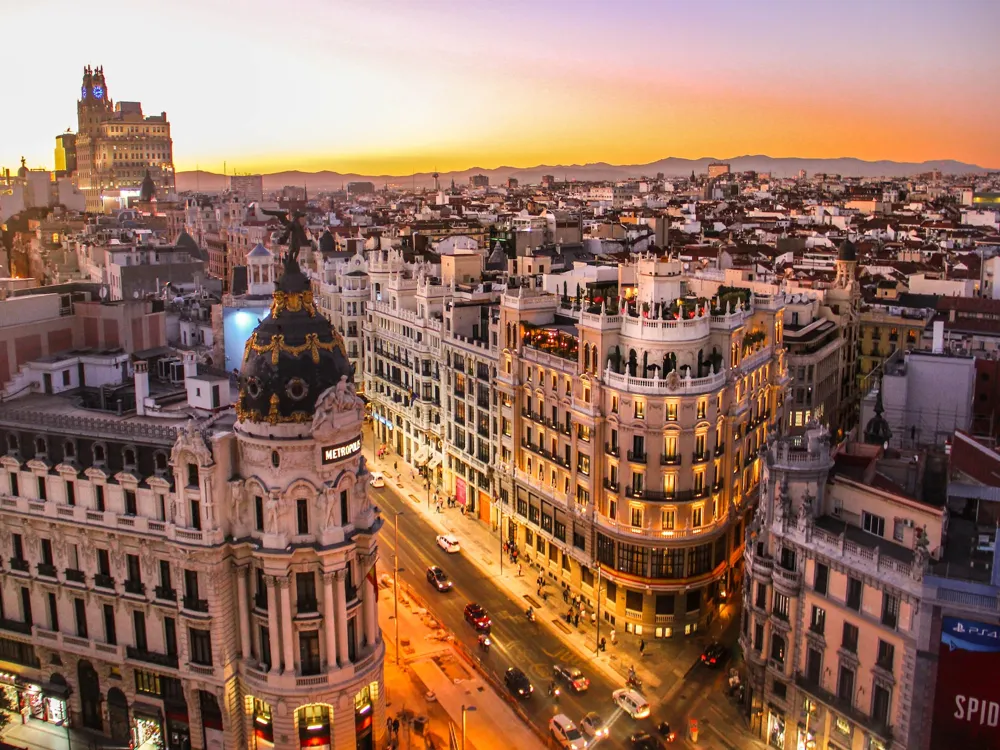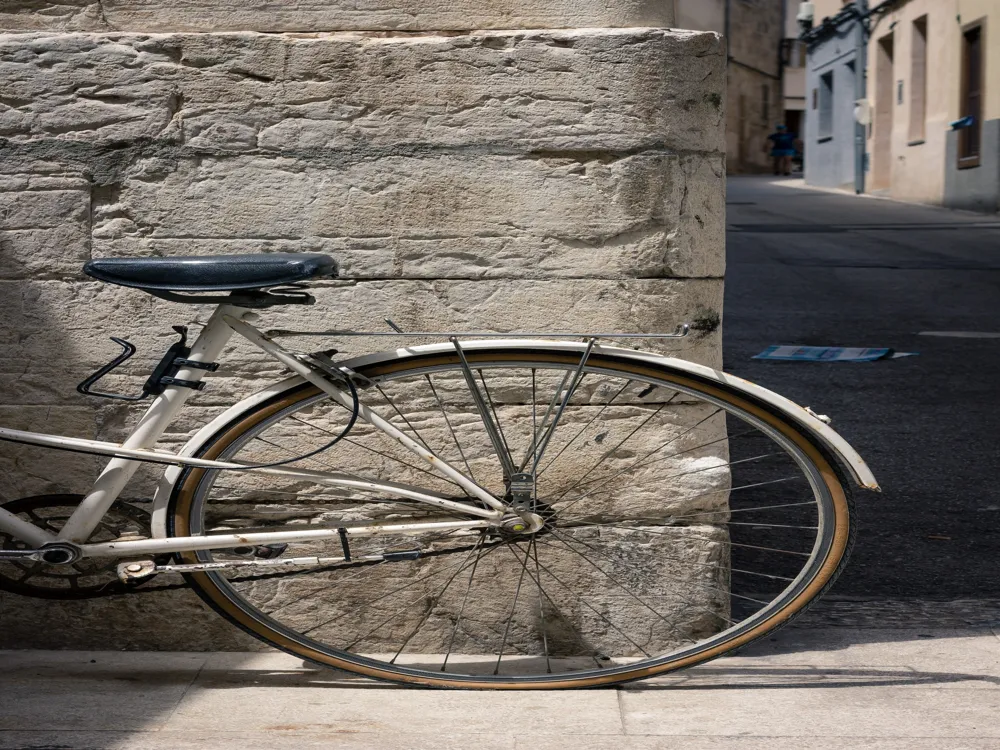The Columbus Monument of Barcelona, a magnificent testament to one of history's most famed explorers, Christopher Columbus, stands proudly at the lower end of La Rambla. Erected in 1888 for the Exposición Universal de Barcelona, it serves as a tribute to Columbus's first voyage to the Americas. This towering monument, standing at 60 meters (197 feet) tall, is not just a symbol of exploration but also an architectural marvel in its own right. Atop the Corinthian column, a bronze statue of Columbus points seaward, symbolizing his journey toward the New World. The base of the monument is adorned with intricate sculptures and bas-reliefs depicting scenes from Columbus’s life and voyages. These artworks, crafted by some of the most prominent artists of the time, offer a detailed narrative of the historical journey. The monument's rich detailing and symbolism make it a fascinating subject for both history enthusiasts and art aficionados. Delving deeper, the Columbus Monument is a reflection of Barcelona's rich cultural and historical heritage. It's not just a commemoration of Columbus's voyage but also a nod to the city's role in the Age of Exploration. The monument’s strategic location near the harbor symbolizes Barcelona's historical connection to the sea and its significance in maritime trade and exploration. Visitors to the monument can also enjoy a panoramic view of Barcelona from the viewing gallery located just beneath the statue. This unique feature offers a bird's eye view of the city and its surrounding areas, providing a different perspective on Barcelona's urban layout and its relationship with the Mediterranean. The Columbus Monument's architectural grandeur is a testament to the creative genius of its designer, Gaietà Buïgas. The monument exhibits a harmonious blend of various architectural styles, predominantly Renaissance and Gothic, which were popular during the period. The Corinthian column, a classical element, adds a touch of elegance and grandeur to the structure. The base of the monument is a masterpiece in itself, featuring a variety of sculptures and friezes. These sculptures depict various figures from Catalan and Spanish history, along with allegorical representations of traits like courage and enterprise, which were essential to Columbus's voyage. The intricate detailing on the bronze reliefs brings to life the story of Columbus’s journey, capturing the essence of his adventures and discoveries. The interior of the monument also holds historical significance. A small elevator inside the column takes visitors up to the viewing gallery, offering a unique inside look at the architectural intricacies of the monument. The integration of modern amenities like the elevator with the historic structure showcases the blend of tradition and innovation that Barcelona is known for. Additionally, the choice of materials and construction techniques used in the Columbus Monument reflect the architectural advancements of the late 19th century. The use of bronze for the statue and reliefs, and the sturdy construction of the column, ensure the monument's durability and enduring beauty, making it not just a historical icon but also an architectural gem. Spring and early autumn are ideal for visiting the Columbus Monument, offering pleasant weather and fewer crowds. Mornings are generally less crowded, providing a more tranquil experience. Utilize the small elevator inside the monument to reach the viewing gallery. It's a unique experience that offers breathtaking panoramic views of Barcelona. Combine your visit with nearby attractions like La Rambla, the Gothic Quarter, and the Barcelona Maritime Museum to enrich your experience. Consider taking a guided tour to gain deeper insights into the history and architecture of the monument. For the best photos, capture the monument from a distance to include its full height, or focus on the intricate details of the sculptures and reliefs. The Columbus Monument is easily accessible by various modes of transportation. The simplest way is by taking the Barcelona Metro, with Drassanes station on the L3 line being the closest stop. Alternatively, numerous bus lines serve the area around the monument. For those preferring a scenic route, a leisurely walk along La Rambla from the city center leads directly to the monument. Additionally, Barcelona's bike-sharing system and taxi services offer convenient options for reaching the site. With its central location, the Columbus Monument is a focal point easily reachable from different parts of the city. Read MoreOverview of the Columbus Monument of Barcelona
Architecture of Columbus Monument
Tips When Visiting Columbus Monument
Best Time to Visit
Accessing the Viewing Gallery
Nearby Attractions
Guided Tours
Photography Tips
How To Reach Columbus Monument
Columbus Monument
Barcelona
₹ 35,693 onwards
View barcelona Packages
Weather :
Tags : Monument
Timings : Monday - Sunday: 8:30 AM - 2:30 PM
Time Required : 30 mins to 1 hour
Entry Fee : Adults - EUR 6
Children (above the age of 4) - EUR 4
Children (below the age of 4) - Free
Planning a Trip? Ask Your Question
Also Refered As:
Mirador de Colom
Barcelona Travel Packages
View All Packages For Barcelona
Top Hotel Collections for Barcelona

Private Pool

Luxury Hotels

5-Star Hotels

Pet Friendly
Top Hotels Near Barcelona
Other Top Ranking Places In Barcelona
View All Places To Visit In barcelona
View barcelona Packages
Weather :
Tags : Monument
Timings : Monday - Sunday: 8:30 AM - 2:30 PM
Time Required : 30 mins to 1 hour
Entry Fee : Adults - EUR 6
Children (above the age of 4) - EUR 4
Children (below the age of 4) - Free
Planning a Trip? Ask Your Question
Also Refered As:
Mirador de Colom
Barcelona Travel Packages
View All Packages For Barcelona
Top Hotel Collections for Barcelona

Private Pool

Luxury Hotels

5-Star Hotels

Pet Friendly







